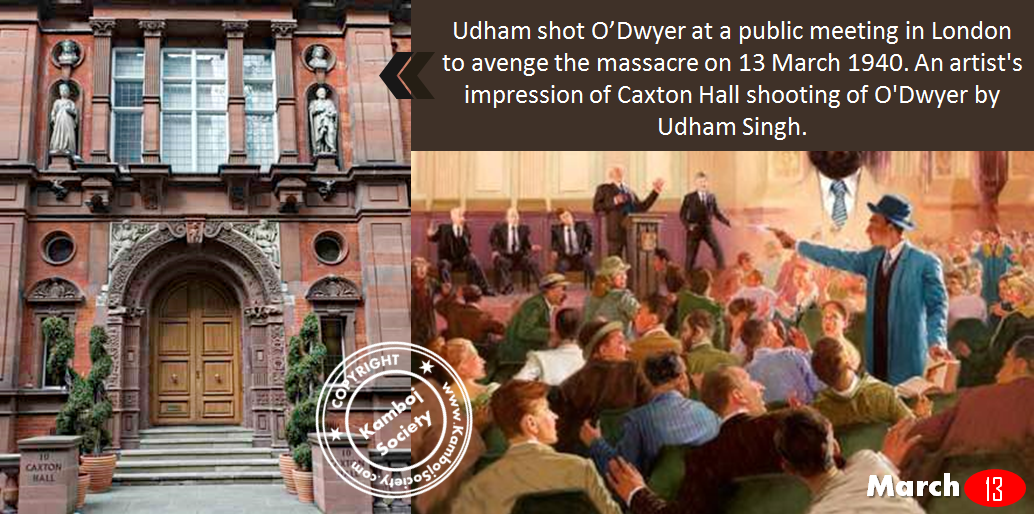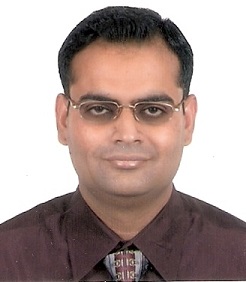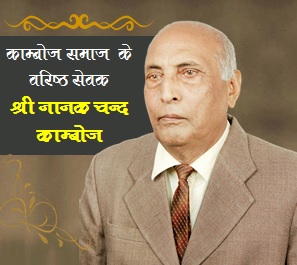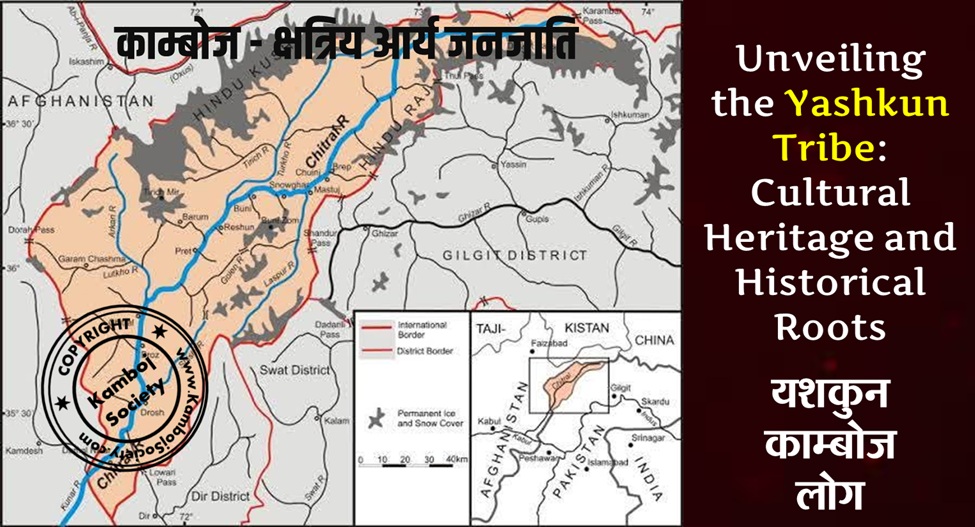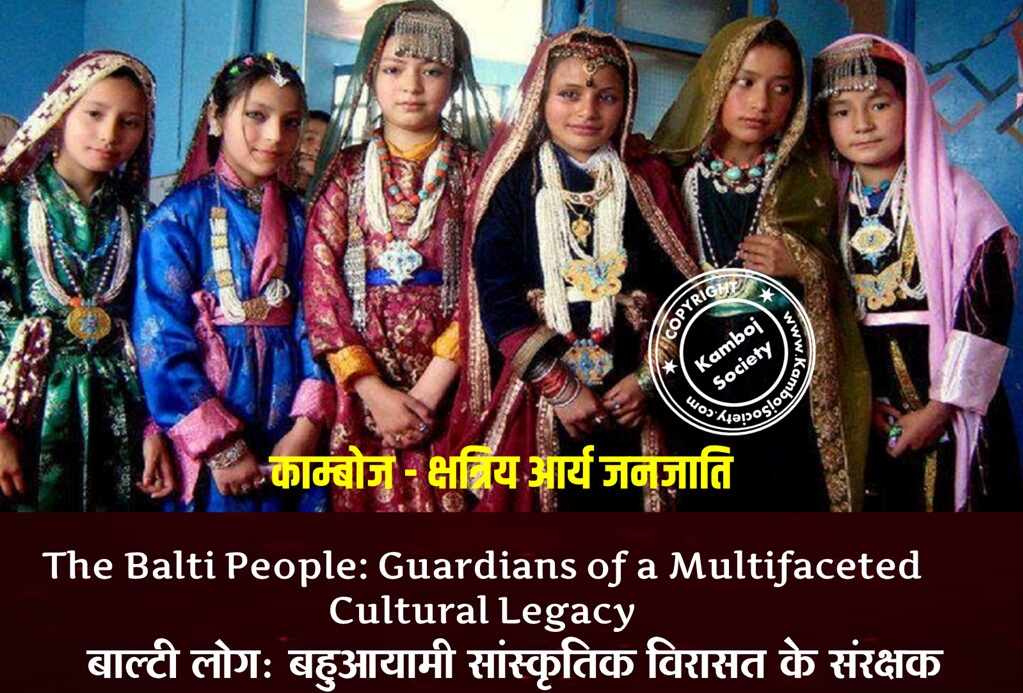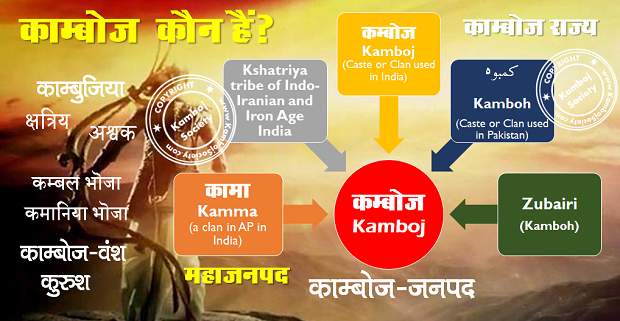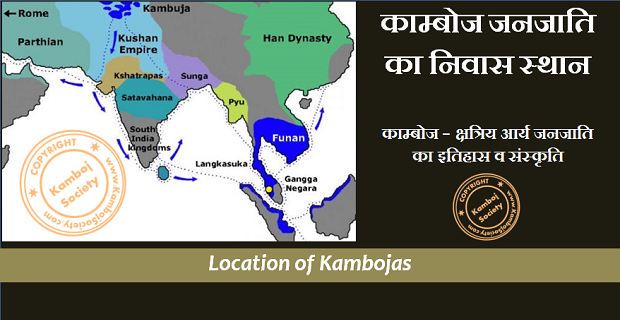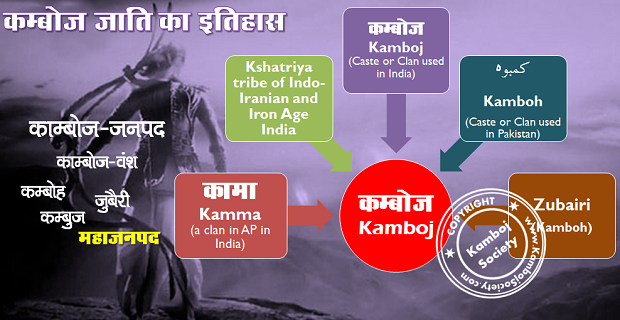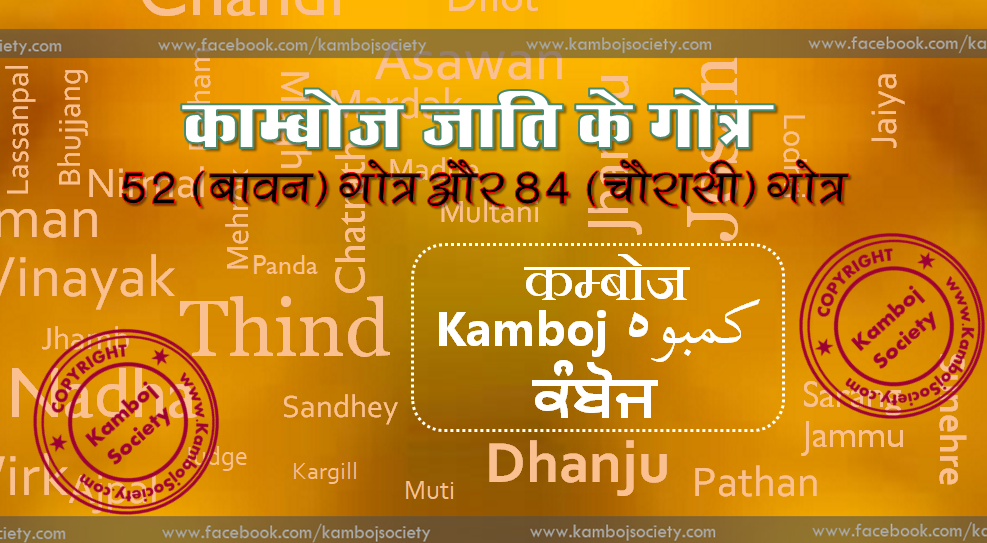On 13 March 1940, a 40-year-old Indian man, dressed like a perfect English gentleman, pulled out a .45 Smith & Wesson revolver that was concealed under a book in a meeting hall in London, and fired six rounds into a group of people. Two shots hit a 75-year-old man in the back, one bullet passing his right lung and heart, the other piercing both kidneys.
The gunman, a martyr to many Indians, had several names, but was most commonly known as Udham Singh. Michael O’Dwyer, the retired British official who was killed on the spot had, 21 years earlier as the Lieutenant Governor of Punjab, endorsed and supported the most horrendous massacre of Indians by the British after the First War of Independence. For over two decades, Singh, a fiercely patriotic Indian revolutionary with revenge in his heart, had one overpowering obsession: to kill O’Dwyer. This quest took him to several continents and finally to England, where he watched and waited for years for the ideal opportunity to strike. Born on 26 December 1899 in a village in Punjab’s Sangrur district to a Sikh peasant family, Singh lost his parents when he was just a boy. A community orphanage in Amritsar took care of Singh and his older brother. In 1918 he cleared his matriculation examination. The following year an event in Amritsar changed his life. On 13 April 1919, Brigadier-General R.E.H. Dyer, the general officer commanding the Jullundur Brigade, commanded 50 Indian troops to Amritsar’s Jallianwala Bagh, where an estimated 20,000 unarmed civilians had gathered, cramped together for lack of space. Their only fault was that the assembly was in defiance of the colonial martial law, under which all public gatherings were banned in Punjab. Dyer placed his troops at the narrow entrance of the bagh that also served as the only main exit, thus trapping the people inside. Then without warning, he ordered his troops to fire. Some 1,700 rounds were emptied on the helpless crowd. While the official death toll was under 400, other estimates suggest that more than a thousand people were killed in this act of mass murder, one of the defining events of the British raj that sent shockwaves across India. Singh blamed the massacre mainly on O’Dwyer, who was in charge of Punjab at the time. Although determined to take revenge, Singh was prepared to bide his time. He joined other Indian revolutionaries and visited many countries, the ultimate destination being London. He used several aliases, including Sher Singh, Udhan Singh and Ram Mohammed Singh Azad. He went to Africa in 1920 and tried to visit the United States but was initially unsuccessful. In 1924 he managed to reach America. In his three years there, he oversaw revolutionary activities, forming close links with the Ghadar Party and helping set up the Overseas Indians Association. In 1927 Singh returned to India with more than two dozen aides and a cache of arms but he was arrested shortly afterwards and sent to five years’ jail under the Arms Act. After his release in October 1931, he kept a low profile for a while but then resumed underground activities, simultaneously looking at ways to reach Britain. The police kept a constant watch on him. In 1933, however, he managed to give the authorities the slip and flee to Europe. After passing several countries he reached London in 1934. He stayed in a house in East London and joined a socialist organisation that worked for the cause of Indian workers. He bought a revolver and ammunition, and waited for the right moment. On 13 March 1940, a meeting of the Central Asian Society and East India Association was to be held at the Caxton Hall. One of the speakers was Michael O’Dwyer. Singh had found the right moment. He hid his revolver in a book and entered the hall. He stood by the wall. When the meeting ended, O’Dwyer walked in the direction of the platform to have a word with Lord Zetland, the Secretary of State for India. Singh fired. O’Dwyer was killed on the spot. Zetland, Louis Dane (the former Lieutenant-governor ofPunjab), and Lord Lamington (the former Governor of Bombay) were injured. Singh had no intention of escaping and was immediately arrested. It was an unambiguous case. He was soon convicted and sentenced to death. During the trial he said: “I did it because I had a grudge against him [Michael O’Dwyer]. He deserved it. He was the real culprit. He wanted to crush the spirit of my people, so I have crushed him. For full 21 years, I have been trying to wreak vengeance. I am happy that I have done the job. I am not scared of death. I am dying for my country. I have seen my people starving in India under the British rule. I have protested against this, it was my duty. What greater honour could be bestowed on me than death for the sake of my motherland?” Udham Singh was hanged on 31 July 1940 at Pentonville Prison. The Congress leader Jawaharlal Nehru was initially critical of Singh’s actions, but much later as Prime Minister he paid rich tributes to him. Singh’s remains were exhumed and brought to India in 1974. India’s top political leadership lined up to honour him. Looking back at the Jallianwala Bagh massacre and its aftermath, the journalist Praveen Swami wrote in the13 March 1940 - Udham Singh shot and killed Michael O'Dwyer in Caxton Hall
- Deepak Kamboj
- Mar 13th, 2017
- 4850 Views
